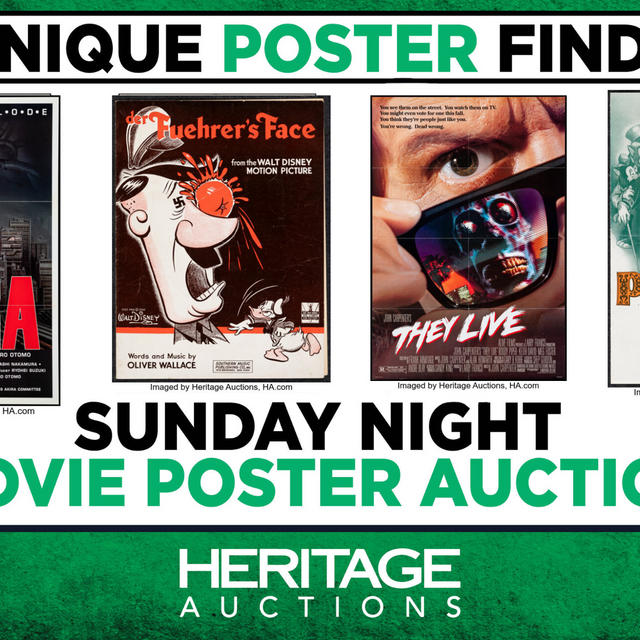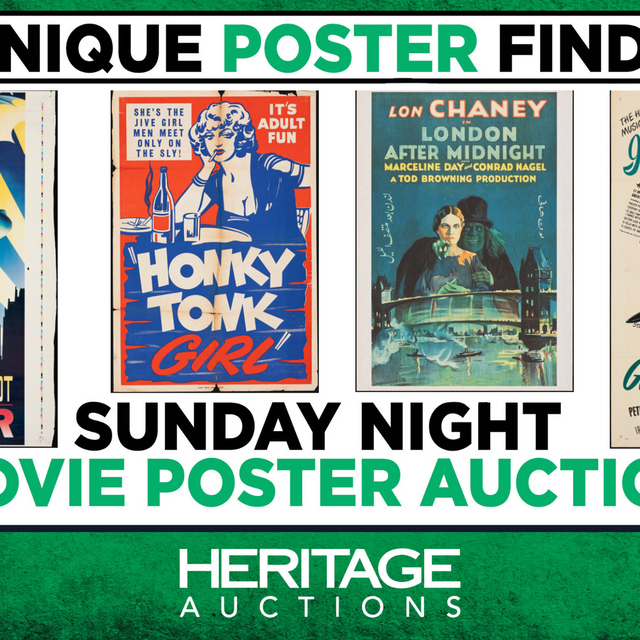 (John Van Hamersveld. Jimi Hendrix & The Soft Machine with the Electric Flag and Blue Cheer. 1968. Lithograph, 27 3/4 × 19 1/2? (70.5 × 49.5 cm). Gift of the designers. All works The Museum of Modern Art, New York.)
(John Van Hamersveld. Jimi Hendrix & The Soft Machine with the Electric Flag and Blue Cheer. 1968. Lithograph, 27 3/4 × 19 1/2? (70.5 × 49.5 cm). Gift of the designers. All works The Museum of Modern Art, New York.)Back in 2006, during a trip to New York City, I visited the MoMA for the first time. The Museum of Modern Art, that classic institution, to my amazement has a collection of concert posters. That gave me the idea: collecting concert posters is not only collecting "Art"—after all, those who make these prints are true artists—but very probably making a wise investment.
Pop Art Icons
"Posters" have been an art form for a long time. Henri de Toulouse Lautrec comes readily to mind, with his vivid posters of the Moulin Rouge which are featured in many a museum—I myself have seen his work on the walls under glass. And Toulouse Lautrec was a painter, too, so we associate his name with what we think of as high art. His posters were actually lithographs, printed in four to five color layers. Lithographs first appeared in 1796 in Germany, and they continued through nineteenth-century Paris and beyond. Right up through 1960's San Francisco, and the height of the Haight-Ashbury scene.
It was these posters I saw in the New York MoMA. That era saw the work of Stanley Mouse, Wes Wilson, Victor Moscoso, and others. Most of us recognize the "psychedelic" designs as the pop art icons they are, advertising the bands we all know and love: Jimi Hendrix, Jefferson Airplane, The Doors, and so on. Pamela Popeson has an informative article about the MoMA's concert poster collection. At the time I was living in Portland, Oregon, where concert posters had taken on an entirely new life.
Little shops in the city were selling posters by Guy Burwell, whose art for My Morning Jacket was featured on insanely intricate posters as well as in their album, Z. The Goodfoot on Stark Street hosted a rock poster art show. I began collecting them, focusing on shows I'd been to. These are not posters that are stapled to telephone poles or thumbtacked to community boards; they are images meant to be framed, cared for, and talked about.
These posters were produced not only in Portland, Oregon but nationwide. In fact, the art had been making a resurgence for some time. What had started in the 60s had expanded into an incredible array of artists and styles...not to mention colors. Mike King, Tara McPherson, and a host of names populate a type of art that can be had for as little as $25 when new. And like other arts, whether lithographs or even photographs, what makes these unique is that they are sold in limited runs. They are numbered and signed by the artists.
And when the run runs out, they are gone. And that's what makes them valuable.
Concert Posters Today
The concert poster, today, is one of the defining arts for the twenty-first century. The Gen Xers and Millennials know it, and Gen Z is soon to figure it out, too. The concert poster constantly makes reference to art through the centuries, to popular cultural artifacts, to comic books and cartoons and landscapes we are familiar with, and always with a wink. Many are good-humored, some are frightening. Some are moody and can affect us deeply, while some may make us laugh.
I have concert posters in nearly every room of my house. In the ensuing weeks, I'll tell you about them, about the artists, and about why I've grown to love them.


